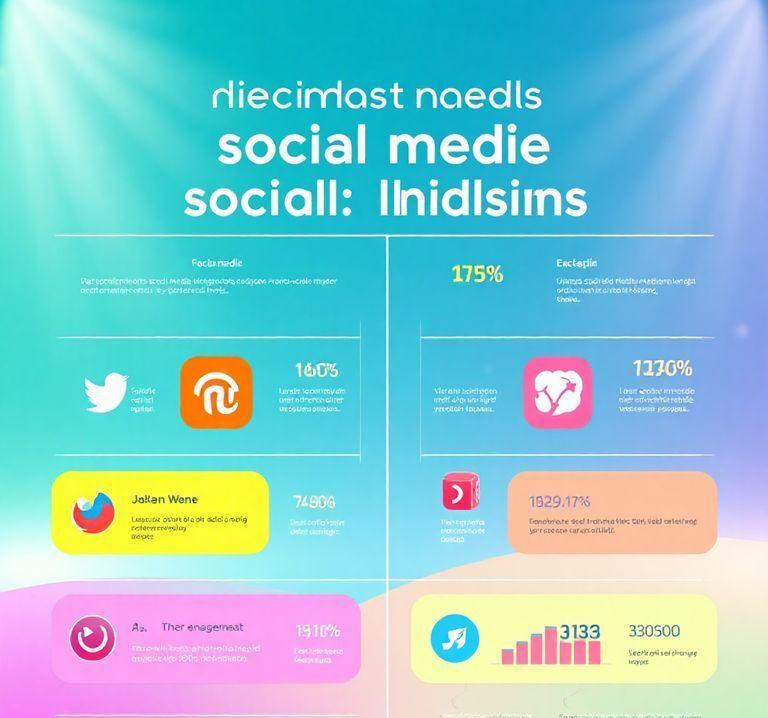The Most Important Social Media Platforms: Pros and Cons
10.12.2024 - Engine: Gemini

Top Social Media Platforms: Pros and Cons
Social media has become an indispensable part of our modern digital lives. It allows us to stay connected with friends and family, keep up with current events, and engage with our favorite brands. But which are the most popular social media platforms, and which one is the best fit for your needs?
In this blog post, we will explore the top social media platforms and discuss their pros and cons. This will help you make informed decisions about which platforms to use and how to use them effectively.
Pros:
- Largest social media platform with over 2.9 billion active users
- Offers a wide range of features, including posts, live videos, groups, and Marketplace
- Allows for targeted advertising and enables businesses to engage with their customers
- Good for building community and brand awareness
Cons:
- Can be overwhelming with a massive amount of content
- Concerns about privacy and the spread of misinformation
- Can be too distracting for some users
Pros:
- Visually-oriented platform that focuses on photos and videos
- Strong user base of young adults and influencers
- Good for showcasing products and services and building a personal brand
- Offers features such as Instagram Stories and Reels
Cons:
- Limited text capabilities can make it difficult to share long-form content
- Can come across as superficial, with pressure to portray a perfect image
- May be less effective for businesses without a strong visual presence
Pros:
- Microblogging platform with a character limit of 280
- Good for sharing news and current events in real-time
- Offers opportunities for engagement through retweets, likes, and comments
- Ideal for customer service and brand communication
Cons:
- Short message format can lead to misunderstandings
- Can be overwhelming with a constant stream of information
- Limited options for visual content
Pros:
- Professional-oriented platform for networking and job searching
- Enables building a professional network and sharing knowledge
- Offers features for publishing articles, sharing content, and recruiting
- Good for businesses looking to connect with professionals
Cons:
- Can feel more formal and less personal
- Limited opportunities for entertainment or casual interactions
- May be less appealing to individuals looking to socialize
TikTok
Pros:
- Short-form video platform that is highly popular among young users
- Allows for the creation and sharing of entertaining and engaging videos
- Features include duets, challenges, and trending features
- Good for businesses looking to reach a young and engaged audience
Cons:
- Limited options for longer or more complex content
- Concerns about privacy and the potential for addiction
- May be less suitable for businesses with a more professional image
Conclusion
Choosing the right social media platform depends on your specific goals, target audience, and preferences. Carefully consider which platforms best align with your needs and use them strategically to achieve your communication and marketing objectives.
Remember that each platform has its own pros and cons, and it is possible to use multiple platforms effectively to gain a broader reach and better engagement. By incorporating social media into your marketing and communication strategies, you can strengthen your brand presence, build relationships with your customers, and grow your business successfully.

